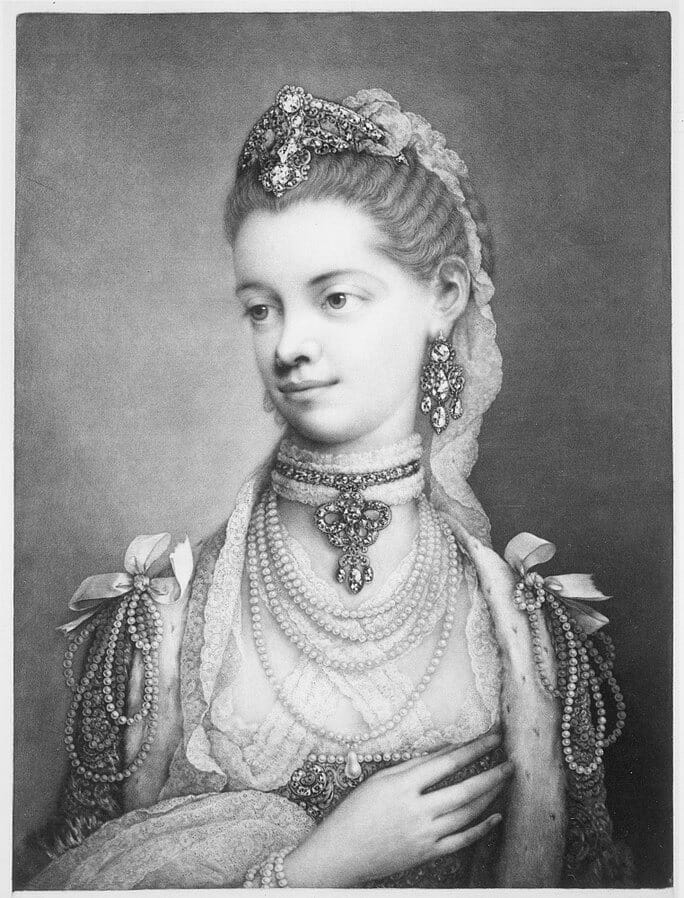The show follows the Bridgertons and Featheringtons” scandals of the 1813 London Season, during which the upper classes of English society find marriages for their children. To accomplish this, “Bridgerton” uses a tabloid writer, who publishes under the pseudonym of Lady Whistledown, whose writings influence the actions of the “ton.” But Whistledown gets easily manipulated and is often unreliable.
“Bridgerton” uses everything from a racially integrated cast to Adam Levine and Ariana Grande’s orchestral arrangements, but plot is poorly timed and underdeveloped. Scandals blow over within minutes with a resolution that feels almost too easy. Conflicts feel underemphasized, and while some auxiliary plots and backstories are well-developed, they don’t take centerstage and sometimes feel misplaced.
Good acting and lavish sets aren’t enough to make up for the show’s lack of depth and message, though there are slight feminist undertones and one stout feminist protagonist.
With about eight hours of overall showtime, this mindless derivative series may be just what we need right now to get through a cold winter night while locked down.
Note: it contains mature and sexual content.








